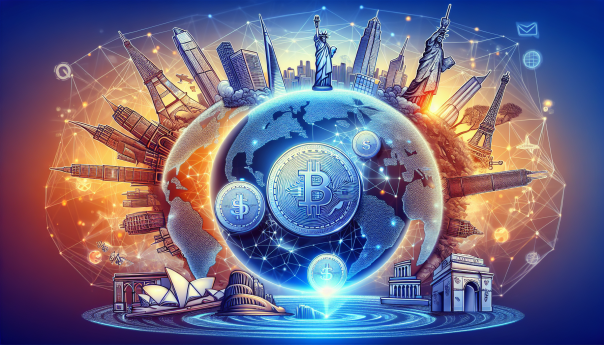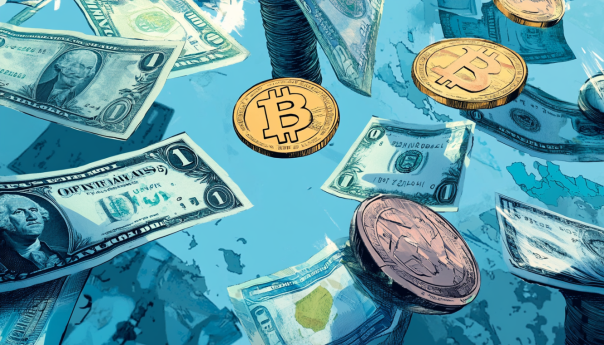Young Adults Drive Participate-to-Earn Boom
By Olivier Acuña | TH3FUS3 Chief Editor
September 12, 2024 06:27 AM
Reading time: 2 minutes, 5 seconds
TL;DR The number of blockchain loyalty rewards programs has surged as the Web3 and DApp sectors mature. Young adults favor participate-to-earn models within focused ecosystems. Most successful projects integrate rewards seamlessly into user experiences.

Loyalty Programs on the Rise
The number of blockchain loyalty rewards programs has increased significantly in recent years as the Web3 and decentralized application (DApp) sectors have matured.
However, the most coveted consumer demographic, young adults, prefer participate-to-earn paradigms with focused ecosystems.
Self-contained economies meant to incentivize consumers have existed since the advent of currency and competition.
From earning airline miles with credit card purchases to earning gift cards with Microsoft's pay-to-browse incentivization program, there's little that businesses still need to try regarding customer retention programs.
However, their implementation throughout the blockchain and Web3 communities could have been more consistent across the splintered ecosystems.
Many projects focus on cryptocurrency rewards that can be cashed out upon receipt, reducing the incentive to reinvest those funds. In contrast, others concentrate on rewards that only exist on the platform they were earned.
Tokenization and Rewards
Yet, in a recent roundtable discussion hosted by The Street's Rob Nelson, a panel of insiders, including Paul Mikel, CEO and president of REVO Ride Share, Scott Lomu, CEO and president of Element United, and influencer Paul Cuffaro, cited tokenization and rewards as a primary driver of blockchain adoption.
The group discussed blockchain's potential as a driving force for consumer loyalty through the lens of the technology's implementation into the creator's market.
However, as Cointelegraph reported, data from Consensys shows that influencers and freelancers make up a small percentage of the total number of people employed in the Web3 industry.
This suggests that while tokenization and rewards are promising, they still need to be the dominant force they could be.
Micro-Experiences and Prediction Markets
It needs to be determined whether current blockchain-based loyalty programs have led to measurable increases in user onboarding. Most firms need to release information related to the efficacy of their marketing efforts.
However, an analysis of the most successful projects currently trending as of September 2024 shows that mini-dApps, Telegram games, click-to-earn games, and prediction markets are showing explosive growth relative to traditional loyalty programs.
Simple experiences where incentivization is invisible or seamlessly integrated into user interfaces are gaining the most traction, with the largest demographic in the Web3 and cryptocurrency communities, those born after 1981.
"Young adults favor participate-to-earn models within focused ecosystems."
Statistics show that participation in most Web3 and cryptocurrency products has peaked in the past decade during periods such as airdrops or other limited incentive windows.
While numerous exceptions exist, most projects that need to gain traction with consumers in the first few months post-launch tend to trend poorly.



